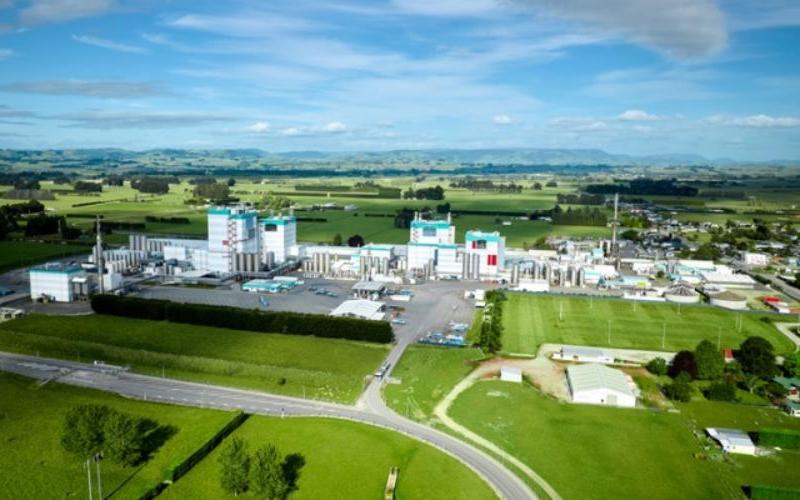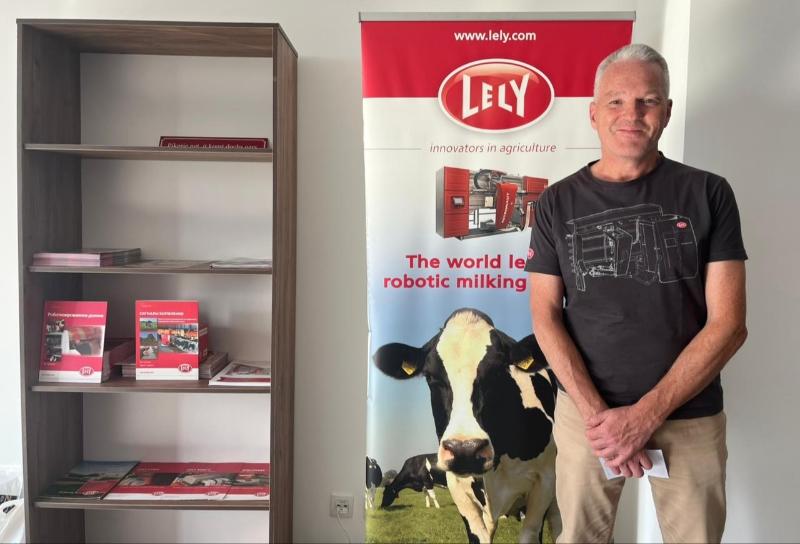Soyuzmoloko: Surging Incomes Drive Consumption to New Heights
Source: The DairyNews
In a remarkable upturn, Russia has witnessed a significant surge in dairy consumption propelled by a rise in the population's income, reaching its highest levels since the mid-1990s, as reported by Soyuzmoloko, a Russian union of dairy companies.
Per capita dairy consumption in 2023 soared to 249 kg, marking a 3% increase from the previous year's 241 kg. This upward trajectory, with the exception of 2022, showcases a consistent growth trend in dairy consumption since 2018. Notably, every category of dairy products experienced a surge in consumption throughout 2023.
Magnit, a prominent Russian food retailer, disclosed a substantial growth of approximately 6.5% in dairy product sales last year, with double-digit growth observed in the latter half of the year. Moderate retail price increases coupled with a sharp rise in the purchasing power of the Russian population contributed to this surge in affordability.
Artem Belov, executive director of Soyuzmoloko, attributed the remarkable growth to a 5.4% increase in the Russian population's income, coupled with a mere 0.5% rise in average milk prices. The Russian Agricultural Ministry echoed similar sentiments, noting that production costs in the dairy industry increased by a modest 1.67% on average, significantly lower than the country's inflation rate.
However, the dairy sector faced challenges due to sanctions on exports to Europe, leading Russian dairy companies to focus more on the domestic market. This increased supply exerted downward pressure on prices within the internal market.
Amidst these economic shifts, recent government data revealed a notable 7% increase in salaries in Russia, marking one of the highest year-on-year growth rates in the past decade. Nonetheless, the Russian labor market faced significant challenges, with a shortfall of 5 million workers in 2023, primarily attributed to an aging population and substantial emigration.
Elvira Nabiullina, head of The Central Bank of the Russian Federation, underscored the strain on labor resources during a State Duma meeting in November 2023, indicating a critical need for workforce management amidst the country's economic resurgence.
Magnit, a prominent Russian food retailer, disclosed a substantial growth of approximately 6.5% in dairy product sales last year, with double-digit growth observed in the latter half of the year. Moderate retail price increases coupled with a sharp rise in the purchasing power of the Russian population contributed to this surge in affordability.
Artem Belov, executive director of Soyuzmoloko, attributed the remarkable growth to a 5.4% increase in the Russian population's income, coupled with a mere 0.5% rise in average milk prices. The Russian Agricultural Ministry echoed similar sentiments, noting that production costs in the dairy industry increased by a modest 1.67% on average, significantly lower than the country's inflation rate.
However, the dairy sector faced challenges due to sanctions on exports to Europe, leading Russian dairy companies to focus more on the domestic market. This increased supply exerted downward pressure on prices within the internal market.
Amidst these economic shifts, recent government data revealed a notable 7% increase in salaries in Russia, marking one of the highest year-on-year growth rates in the past decade. Nonetheless, the Russian labor market faced significant challenges, with a shortfall of 5 million workers in 2023, primarily attributed to an aging population and substantial emigration.
Elvira Nabiullina, head of The Central Bank of the Russian Federation, underscored the strain on labor resources during a State Duma meeting in November 2023, indicating a critical need for workforce management amidst the country's economic resurgence.
Key News of the Week














